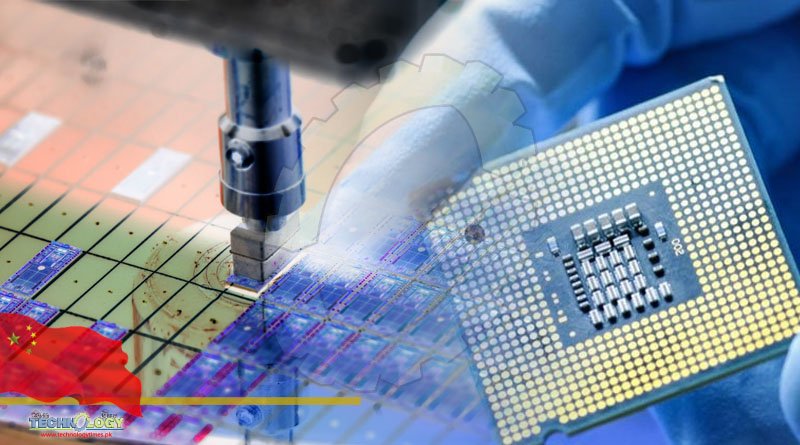The semiconductor industry is expected to experience a supply crunch, as the global semiconductor supply chain is set to worsen

The semiconductor industry is expected to experience a supply crunch to last 3-5 years, as the global semiconductor supply chain is set to worsen after President Joe Biden’s administration decided to impose curbs on the export of chip-making technology to China.
In a report, CNBCTV18 cited experts as saying that escalating prices coupled with a more severe supply crunch is the unwelcome fallout of the US Federal government’s decision to restrict exports of chip-making equipment to China.
The report cited John Sicard, CEO at Canadian-based Kinaxis, a supply chain management firm as saying that as things stand today, chips that used to cost US$5 go all the way up to US$85, which is proving to be a real problem,
“Even if customers are willing to pay, manufacturers simply can’t make enough for everyone. “In my opinion, the semiconductor supply crunch is here to stay for another three to five years,” said Sicard.
The Biden administration announced on October 7 a sweeping set of export restrictions that prevent the export of certain chips and, more important, the sale of tools using certain technologies to Chinese chipmakers. The rules go well beyond those introduced during the Trump administration and are likely to keep Chinese companies several generations behind the leading edge.
The goal of the new rules is to “protect our national security and prevent sensitive technologies with military applications from being acquired by the People’s Republic of China’s military, intelligence, and security services,” Alan Estevez, Undersecretary of Commerce for industry and security, said in a statement.
Previously, semiconductor equipment manufacturers were prevented from supplying companies that sold to Huawei, which had the effect of cutting the device maker off from the most advanced chips. The Trump administration also barred the sale of EUV lithography tools that are required to make chips with features under 10 nanometers in size. Leading edge chips today are at least two generations more advanced than that.
The regulations mandate that all US-based companies cease supply of chip-making equipment to Chinese chip-makers unless they obtain a license in advance. These rules mostly apply to relatively advanced chips, including NVIDIA’s A100/H100 and Intel’s GPU.
